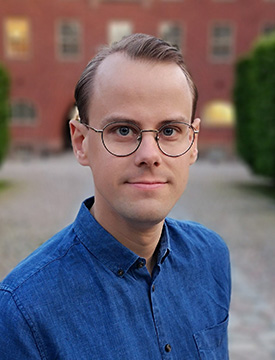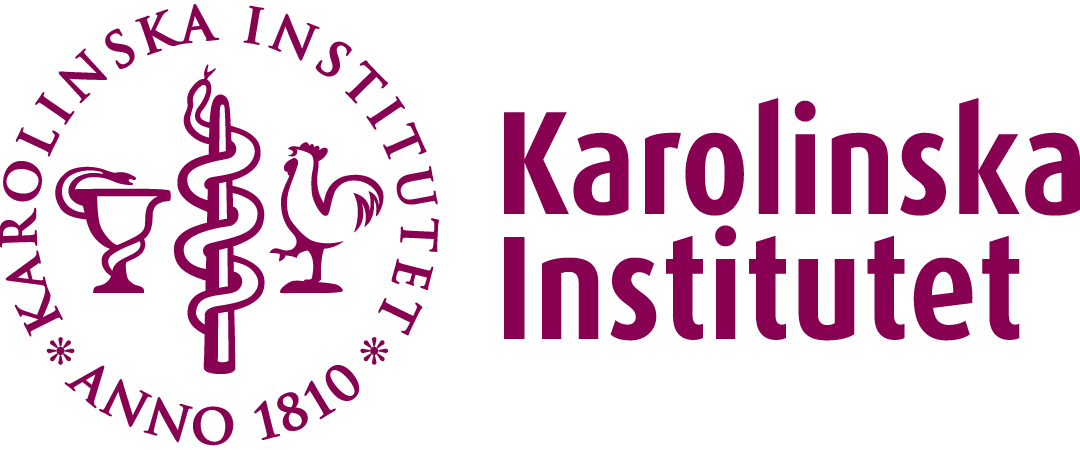Emil Warnberg
Emil Warnberg is an alumnus of the Joint Graduate Program in Medical Technology. Today he works as a postdoc in Professor Bence Ölveczky's group at Harvard University.

Why did you choose the PhD program in Medical Technology?
“My research interest was about how biological neural networks can represent information and how the way they learn differs from artificial neural networks used in a lot of AI today. To really be able to work in depth on those questions, it was very valuable to have both the theoretical depth from KTH and the biological expertise from KI. Although there is a lot of collaboration between the schools, it is even better to be enrolled at both schools and have full access to all the resources, both in terms of practical things like computer clusters via the PDC at KTH and the animal house at KI, and in the possibility to take graduate level courses at both schools. So my main reason for applying to the joint program was precisely the opportunity to be registered as a PhD student at both KTH and KI,” says Emil Warnberg.
What was it like to study at both KTH and KI?
“I was really involved in both of my main supervisors' research groups, with seminar series, lab meetings and journal clubs both at KTH and KI. Although this meant that some weeks were very meeting-heavy, it actually suited me very well and I got the chance to really learn how both experimentalists and theorists reason and talk about their research, and how I can adapt my way of presenting what I do depending on the audience. Neuroscience is a very broad field and the difference between how physicists and computer scientists reason and express themselves can sometimes be quite different from biomedical scientists and doctors.”
“My favorite part was going on summer courses around the world. I had the privilege of attending courses in Obergurgl in Austria, Janelia Farm in the US, Frankfurt in Germany, and Dartmouth in the US. In the summer of my fourth year, I also got to teach a two-week summer course in Bangalore, South India. Seeing new places is fun in itself, but the best part was all the exciting discussions in the evenings with researchers from all over the world. At the summer courses in particular, there were many informal discussions in a different way than at conferences.”
What are you doing today?
“For almost a year now, I have been a postdoc in Professor Bence Ölveczky's group at Harvard in the US. We are interested in motor learning, specifically how the same neural network can control multiple behaviors under different circumstances, and how innate movement patterns can be so effectively interwoven with new learned movements. We use rats as a model for how mammals do it, and I work with a simulated 3D model of a rat that I control with artificial deep networks trained with reinforcement learning. Since the 3D model has a full 72 degrees of freedom, it is an exciting robotics challenge to get the networks to control it stably. At the same time, we are looking at how the simulated networks represent the movements and the body compared to neurons that my colleagues recorded from motor regions in real rat brains. It's great to continue working in such an interdisciplinary way, and I hope we can find new connections between robotics and neuroscience that can benefit both AI engineers and neurologists in the future.”
How have you benefited from the program?
“I use the technical skills I learned as a PhD student - everything from supercomputer programming to mouse brain anatomy - in my daily work here, so in that way the “double” education really benefits me. I also still have friends from both KI and KTH (several of them have visited me here). So another great benefit of the program was to create a wider network of contacts than if I had only belonged to a single department.”
Text: Jon Lindhe, KTH

